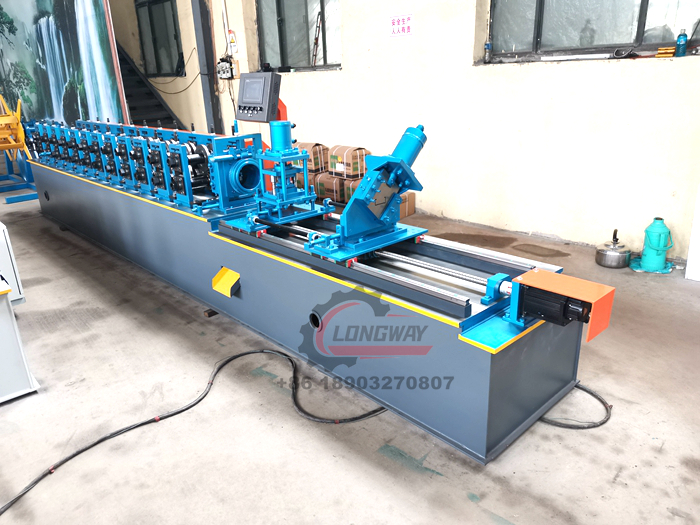Custom Length Cutting and Slitting Solutions for Precision Material Processing
Custom Cut to Length and Slitting Line A Comprehensive Overview
In the realm of metal processing, efficiency and precision are paramount. One of the most effective solutions for optimizing material handling and fabrication processes is the custom cut to length and slitting line. This advanced processing system plays a crucial role in producing tailored metal pieces that meet specific dimensional requirements for various applications in multiple industries.
Understanding the Basics
A cut to length line is designed to take large coils or sheets of metal and cut them into shorter, manageable lengths, while a slitting line involves cutting a wide strip of material into narrower strips. When integrated, a custom cut to length and slitting line offers manufacturers the ability to handle diverse materials, including aluminum, steel, stainless steel, and more.
This process not only enhances efficiency but also allows for the production of highly customized products. From the automotive sector to construction and electronics, tailored metal pieces are integral in building components, structural supports, and intricate designs.
The Customization Aspect
Customizing a cut to length and slitting line requires careful consideration of various factors. These factors include the type of material, the thickness, the width of the strips, and the final product specifications. Manufacturers can adjust the line to produce different lengths and widths on demand, ensuring that they can respond quickly to market needs.
Furthermore, advanced technology enables more precise cuts and slits. Modern cut to length and slitting lines are often equipped with high-speed, precision cutting tools that minimize waste and maximize yield. This leads to significant cost savings over time. The ability to tailor specifications means that businesses can streamline their inventory management and reduce lead times, thus enhancing their competitive edge.
The Process
custom cut to length and slitting line

The operation of a custom cut to length and slitting line involves several key stages. Initially, a coil of metal is fed into the line, where it is positioned for processing. The material is then unwound and fed through a series of rollers and cutters.
For slitting, rotary knives slice the material into the desired widths, while the cut to length mechanism measures and cuts the material into predetermined lengths. Advanced technology often allows for real-time adjustments, ensuring that production can adapt to any last-minute changes in scheduling or customer requirements.
Once the cutting is complete, the sections are typically stacked and bundled for transport, ensuring that they are ready for immediate use in production lines or as final products themselves.
Advantages of Custom Lines
Investing in a custom cut to length and slitting line brings a multitude of benefits. First and foremost, these lines increase productivity and throughput. They minimize the need for secondary operations and reduce the physical handling of materials, which can be time-consuming and labor-intensive.
Additionally, custom lines enhance material utilization. By producing only the required lengths and widths, companies can significantly reduce scrap rates, driving down costs and promoting sustainability. This is particularly important in an era where environmental considerations are becoming increasingly critical for businesses.
Another advantage is the flexibility that these lines provide. Manufacturers can easily switch from one product type to another without extensive reconfiguration, making them ideal for businesses that face fluctuating demands.
Conclusion
The custom cut to length and slitting line stands as a testament to the advancements in manufacturing technology. By allowing for precision cutting and the production of tailored materials, these lines help businesses improve their efficiency, reduce waste, and ultimately, fulfill client demands with greater agility and accuracy. As industries continue to evolve, the role of such advanced systems will undoubtedly become more pivotal in staying competitive and responsive to market trends. Investing in a custom solution not only enhances operational capabilities but also sets the stage for future growth and innovation in the metal processing sector.
-
Roof Panel Machines: Buying Guide, Types, and PricingNewsJul.04, 2025
-
Purlin Machines: Types, Features, and Pricing GuideNewsJul.04, 2025
-
Metal Embossing Machines: Types, Applications, and Buying GuideNewsJul.04, 2025
-
Gutter Machines: Features, Types, and Cost BreakdownNewsJul.04, 2025
-
Cut to Length Line: Overview, Equipment, and Buying GuideNewsJul.04, 2025
-
Auto Stacker: Features, Applications, and Cost BreakdownNewsJul.04, 2025
-
Top Drywall Profile Machine Models for SaleNewsJun.05, 2025








